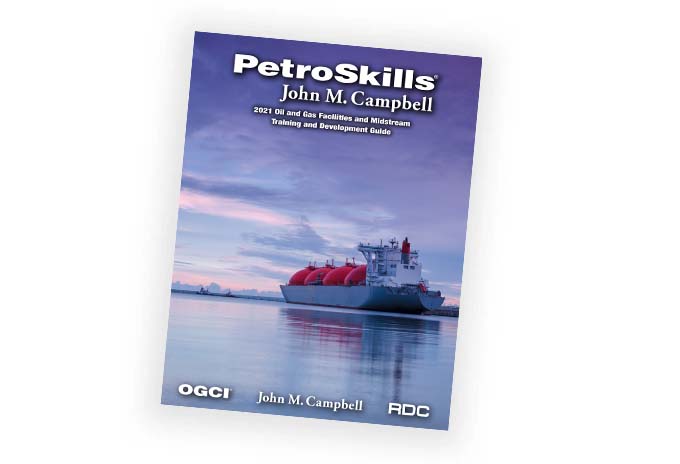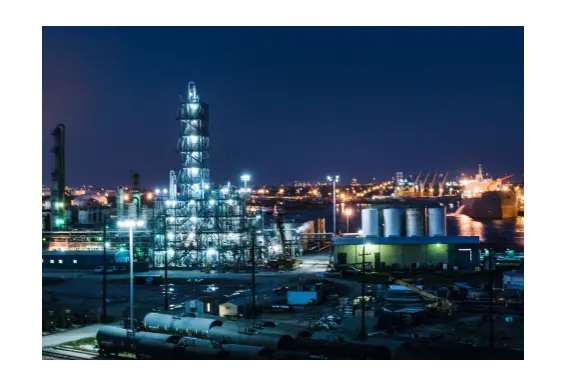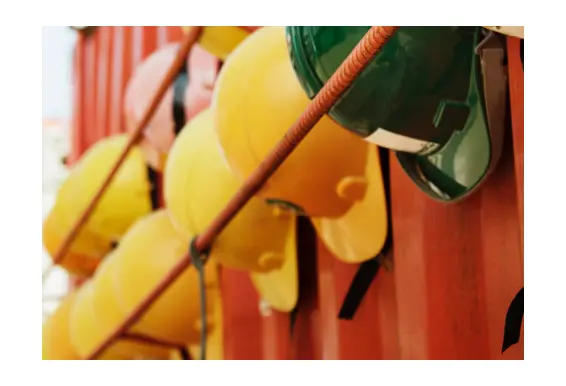Cased Hole Formation Evaluation - CH
Course
About the Course
This course teaches skills necessary to practice the art and science in accurately determining remaining hydrocarbons using modern dual-detector and emerging multi-detector pulsed neutron (PN) tools. The latter can compute multiple petrophysical parameters simultaneously and delineate gas better, especially in low porosity, but add to data and interpretation complexity. The course discusses measurement-to-interpretation techniques used by various players and thus offers an insight into their effectiveness in conditions of increasing wellbore and formation complexities. The user will gain a better understanding of why tools from different service companies, often recording similar raw data in near-identical conditions, may differ significantly in their predictions. The course will help users of the technology make targeted tool choices, plan logging jobs better, and perform in-house interpretation if needed. Participants are invited to bring project work to discuss with the instructor on the fourth day.
Target Audience
Geologists, formation evaluations specialists, completion, reservoir and production engineers, and managers who may be making technology- and tool-choice decisions.You Will Learn
Participants will learn how to:
- Determine adequacy of PNC capture vs. C/O logging methods for saturation calculation, especially through complicated well bores and in complex formations
- Calculate water and steam saturations from Pulsed Neutron Capture (PNC) Logs
- Correct petrophysical calculations for the influence of shaliness
- Distinguish gas/steam from liquids
- Compute oil saturation directly from Carbon/Oxygen technique
- Locate water entry and judge zonal communication
- Judge where specialty methods, such as Log-Inject-Log to estimate remaining oil vs. residual oil saturation, pseudo-density, etc., may not work
- Make appropriate tool choices
- Perform interpretation QC and plan logging jobs
Course Content
- Basics and application of nuclear logging in general (briefly) and cased-hole logging in particular
- Attributes of various modern dual-detector and emerging multi-detector cased-hole logging tools used in the industry
- Cased-hole application of pulsed neutron capture (PNC) methods in clean and shaly formations, carbon/oxygen logging in low or variable salinity conditions in water and steam floods where PNC methods do not work, and direct neutron (PNN) methods to Locate oil/water, gas/liquid, or steam/liquid contacts
- Compute water, oil and gas/steam saturation (in steam floods), and residual saturation using log-inject-log methods
- Estimate pseudo-density and porosity (special cases)
- Make informed tool and measurements choices
- Make operations decisions
- Application of above in open-hole completions
- Differences in saturation interpretation methods across vendors
- Oxygen activation to locate water entry
- Job planning and best practice parameters for successful monitoring
Product Details
Categories:
UpstreamDisciplines:
PetrophysicsLevels:
SpecializedProduct Type:
CourseFormats Available:
In-ClassroomAdditional
Request a Public Session
If you are interested in a public session of this course, please click the button below to request it.
Request Public SessionIn-House Training
This course is also available upon request as a private, on-site seminar. Contact us for details and pricing.
Request In-House TrainingNeed Help
Contact us if you have additional questions about how to register for or attend this course.
Contact Us



